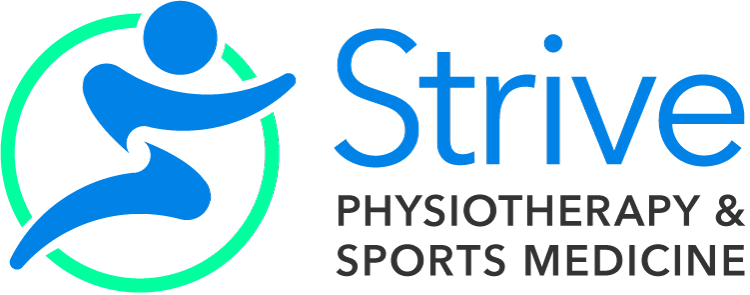You Can’t Pour From an Empty Cup
Most of us know this quote, but similar to other things that we ‘know’ are good for us, it doesn’t mean we are good at it or do it enough. We have big plans to follow through or make the time but the thing with new habits is, they are easy to talk about and not so easy to action.
So let’s start small, here are 3 tips to start to refill your cup.
TIP #1: Get enough sleep!
Do I sound like your parent? Well good! While we may think we ‘only’ need 6 hours of sleep, we’ve only just adapted to being sleep deprived. The reality is we need closer to 8 hours of sleep each and every night to provide positive short and long term health benefits. These include improved concentration, memory, mood, ability to cope with stress and make decisions and research has found there also to be a decrease in the risk of heart attacks, dementia and Alzheimer’s.
The first step: Create a routine!
Having a consistent sleep and wake time is helpful to normalizing your circadian rhythms (fancy name for body’s natural clock and patterns). Most of us use wake up alarms. Try also setting a bed time alarm, to help remind you to get ready to unplug, wind down and get into resting mode. This consistency is crucial for consistently getting the much needed 8 hours of sleep.
Have you tried this and didn’t find it helped? You may need to reach out to your Physician and let them know about your sleep challenges and get personalized advice so you can start to rack up more snooze time.
Want to learn more: Check out:
https://www.helpguide.org/articles/sleep/getting-better-sleep.htm
TIP #2: Practice breathing
We all know how to breathe – right? Wrong, at least we don’t always know how to breathe well or are aware of when our breathing pattern changes. First a quick anatomy review. The diaphragm is the main muscle of respiration. It is a thin muscle, located within thorax, separating the abdomen from the chest. When you breathe in, your diaphragm lowers, helping to expand the lungs. In addition, there are muscles between the ribs and others that attach to the ribs, that further help with breathing. When you exhale, this is normally a passive process because the diaphragm and lunges together act similar to an elastic.
Many of us hold tension and stress in our neck, shoulders and chest. These muscles are larger and more superficial than the muscles of normal respiration. This increased tension can change our normal breathing, relaxed breathing pattern to a more shallow and at times forceful breathing pattern.
The first step: try the 4-7-8 breathing method.
To start:
Find a place to sit, where you can maintain a straight back, and not slouch. Slouching actually makes deep breathing harder!
Place your tongue in the resting position. To find this position, place the tip of your tongue against the ridge of tissue just behind your upper front teeth. The goal is to keep the tongue there throughout the entire exercise.
When exhaling, try to exhale through your mouth around your tongue. Puckering your lips can help if this seems awkward
Steps:
- Exhale completely through your mouth, making a whoosh sound as the breath leaves
- Close your mouth and inhale quietly through your nose to a mental count of 4.
- Hold your breath for a count of 7 (this can be hard to start, but keep practicing and it will come!)
- Exhale completely through your mouth, again making a whoosh sound to a count of 8.
- This is one breath. Now inhale again and repeat the cycle three more times for a total of four breaths.
Are the numbers important?
YES – The absolute time you spend on each phase is not important; the ratio of 4:7:8 is important. So if you are have trouble holding your breath, speed the time it takes to mentally count but keep to the ratio of 4:7:8 for the three phases. With practice you can slow it all down and get used to inhaling and exhaling more and more slowly and deeply.
Want to Learn More? Check out:
https://www.healthline.com/health/4-7-8-breathing
TIP #3: Be Grateful, for the big and small stuff!
Whether we are being grateful for the big stuff such as a promotion at work or the small stuff such as a delish cup of coffee, being grateful improves our well-being. Research has found those who regularly take time to reflect, putting pen to paper to write brief gratitude reflections experience positive effects on mood, their immune system, improve their sleep (ooh this will help with Tip #1 above ) and are able to express more compassion and kindness. Seems to good to be true! The challenge with starting any new activity you hope to become a habit is motivation and consistency.
The first step: start the gratitude practice your way
Maybe for you the idea of putting your thoughts down on paper is daunting. I personally find it really hard to write anything on the first page of a journal out of some belief that whatever is on that first page dictates the whole journal – ha! So instead I turn to the next page and I’m off.
Even this strategy may not work for you. What about a gratitude jar. When you have something you are grateful for you write it down on a piece of paper and put it in a jar. Then when you are finding it challenging to come up with something new to be grateful for or feeling ungrateful (it’s ok we all have these days), open the jar and read a few. You may be surprised to find how quickly your mood and outlook can shift.
Want to Learn More? Check out:
https://greatergood.berkeley.edu/article/item/…
I hope you get a chance to try these 3 strategies out for yourself! Reach out and let us know how you did via DM to our social media accounts @strivephysioto
We can’t wait to hear how you are doing!

